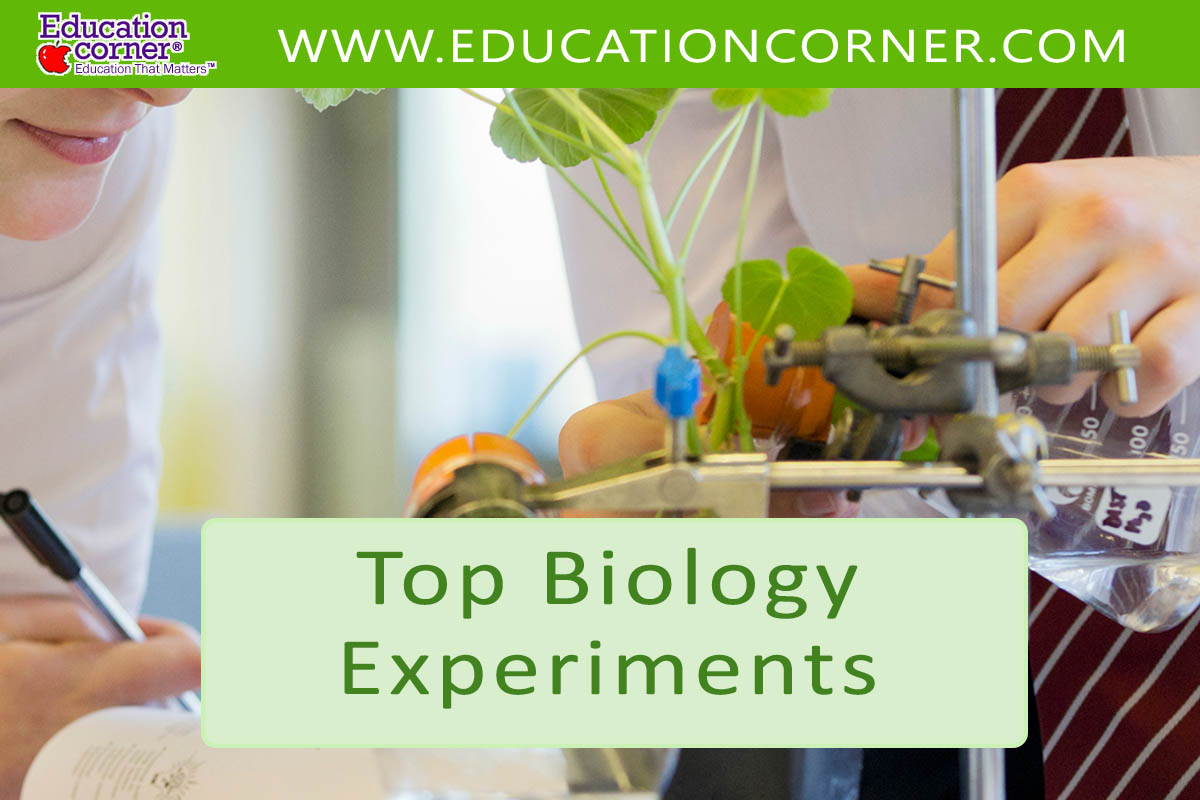The field of biology offers a wide range of fascinating experiments that can deepen our understanding of the living world around us. From studying the behavior of cells to investigating the intricacies of ecosystems, biologists use a variety of methods to uncover the secrets of life.
We’ve compiled a captivating list of 30 biology experiments that are both educational and fun and also suitable for a wide range of ages.
These hands-on educational activities will not only deepen your appreciation for the intricacies of life but also fuel your curiosity and passion for scientific exploration.
So, roll up your sleeves, gather your lab equipment, and prepare to embark on an exciting adventure through the fascinating world of biology-based science experiments!
1. Grow a Butterfly
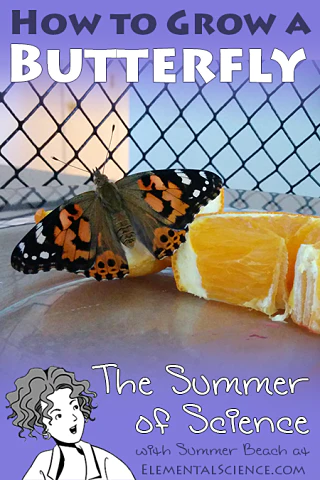
Students can gain knowledge about the various phases of development, from the egg to the larva to the pupa to the adult butterfly, by studying and taking care of a butterfly during its whole life cycle. This offers students a special chance to learn about the insect life cycle and the metamorphosis process.
Learn more: Elemental Science
2. Dissecting a Flower
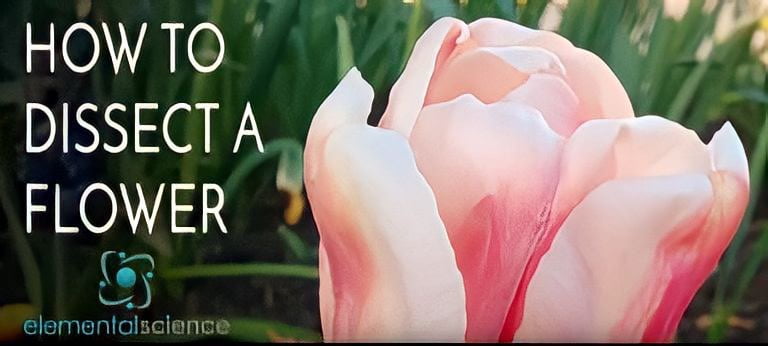
Dissecting a flower can aid students in honing their analytical and observational skills. This may also aid in their comprehension of how a flower’s various components interact to facilitate reproduction, which is the flower’s main objective.
Learn More: How to Dissect a Flower
3. Extracting a DNA

The extraction of DNA is an excellent experiment for high school students to gain a better understanding of the principles of molecular biology and genetics. This experiment helps students to understand the importance of DNA in research and its applications in various fields, such as medicine, biotechnology, and forensics.
Learn more: Extracting DNA
4. Looking at Fingerprints
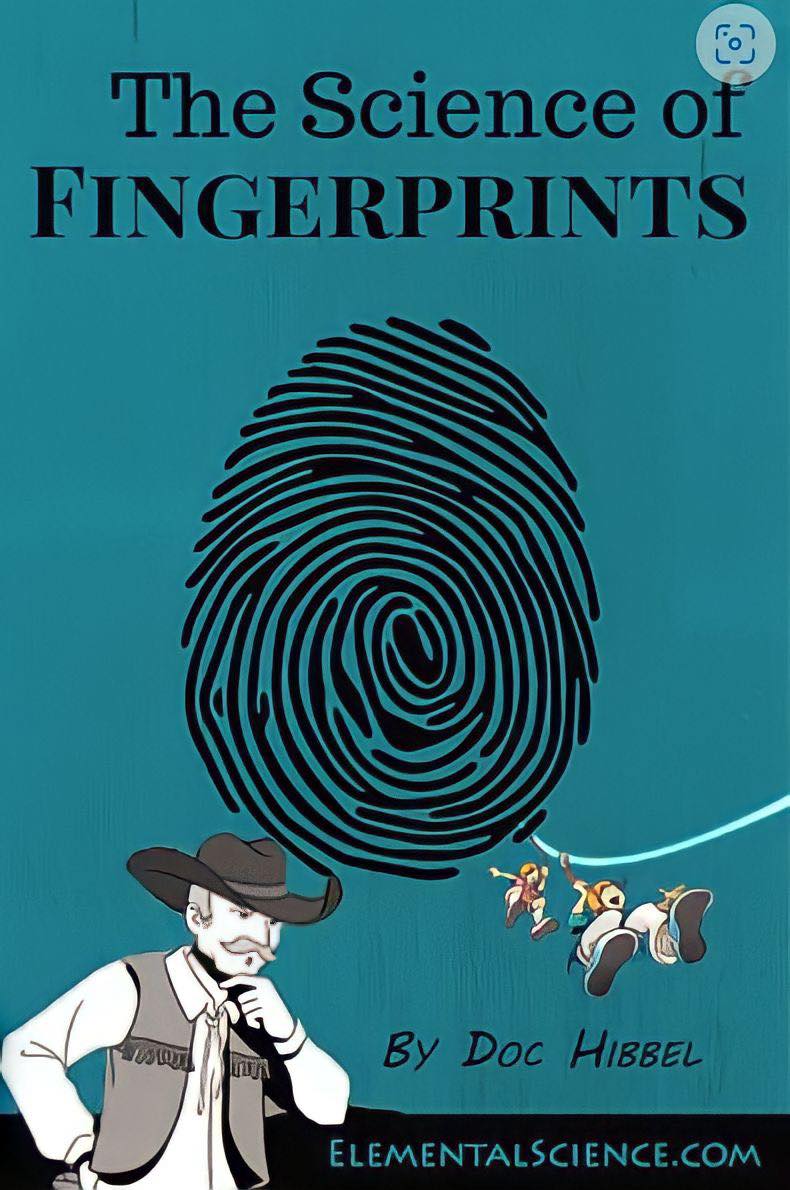
Exploring fingerprints can be a fun and intriguing experiment. This experiment encourages students to develop their problem-solving skills and attention to detail, as they must carefully analyze and compare the various fingerprint patterns.
Fingerprint analysis is a fascinating and engaging experiment that can spark an interest in forensic science and provide students with a hands-on learning experience.
Learn more: Directions to Examine a Fingerprint
5. Cultivate Bacteria on Home Made Agar
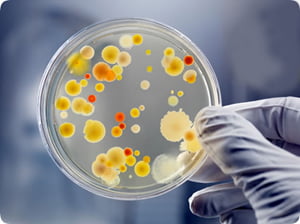
This experiment provides a hands-on learning experience for students to understand the principles of microbiology and the techniques used in bacterial culture.
This experiment can also help students to understand the importance of bacteria in our daily lives, their role in human health, and their applications in various fields, such as biotechnology and environmental science.
Learn more: Grow bacteria on Homemade Agar Plates
6. Make a Bioluminescent Lamp
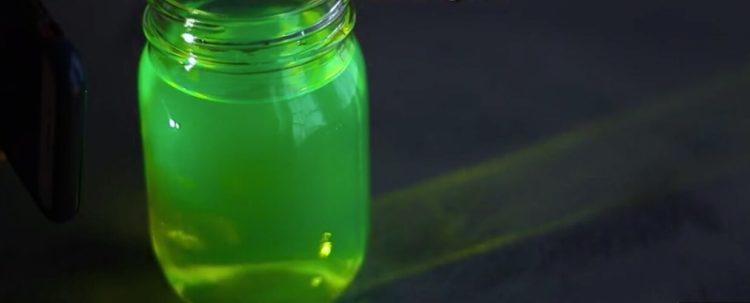
This experiment provides an excellent opportunity for high school students to learn about bioluminescence and the principles of genetic engineering.
Creating a bioluminescent lamp is a fun and engaging way to explore the intersection of biology, chemistry, and physics, making it a perfect experiment for students interested in science and technology.
Learn more: Make Glowing Water
7. Make Plants Move with Light
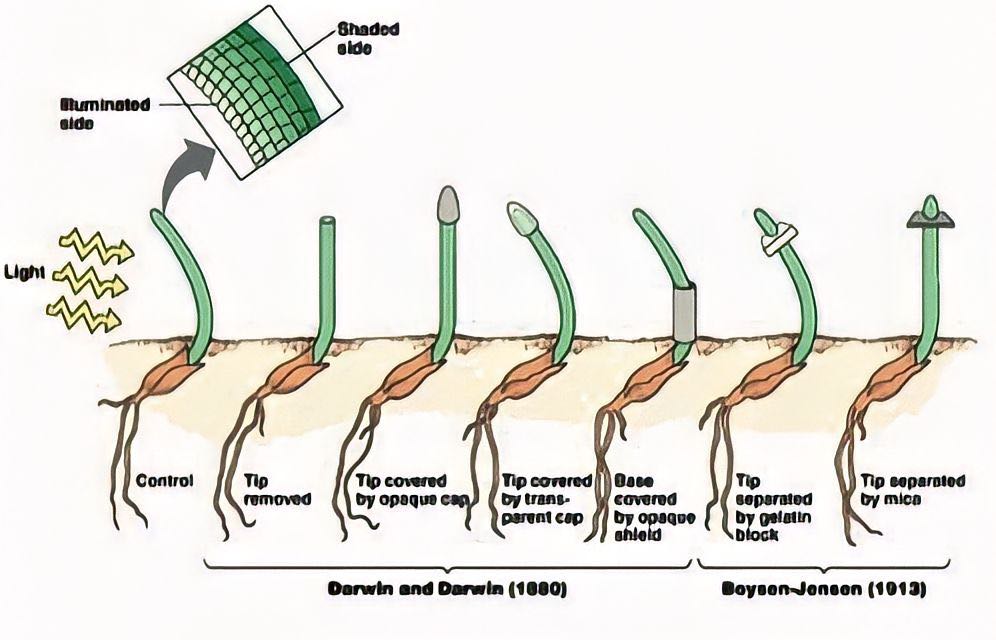
This experiment can help students understand the role of light in plant growth and photosynthesis and the importance of light as an environmental factor for plant survival.
Learn more: Experiments with Phototropism
8. Test the Five-Second Rule
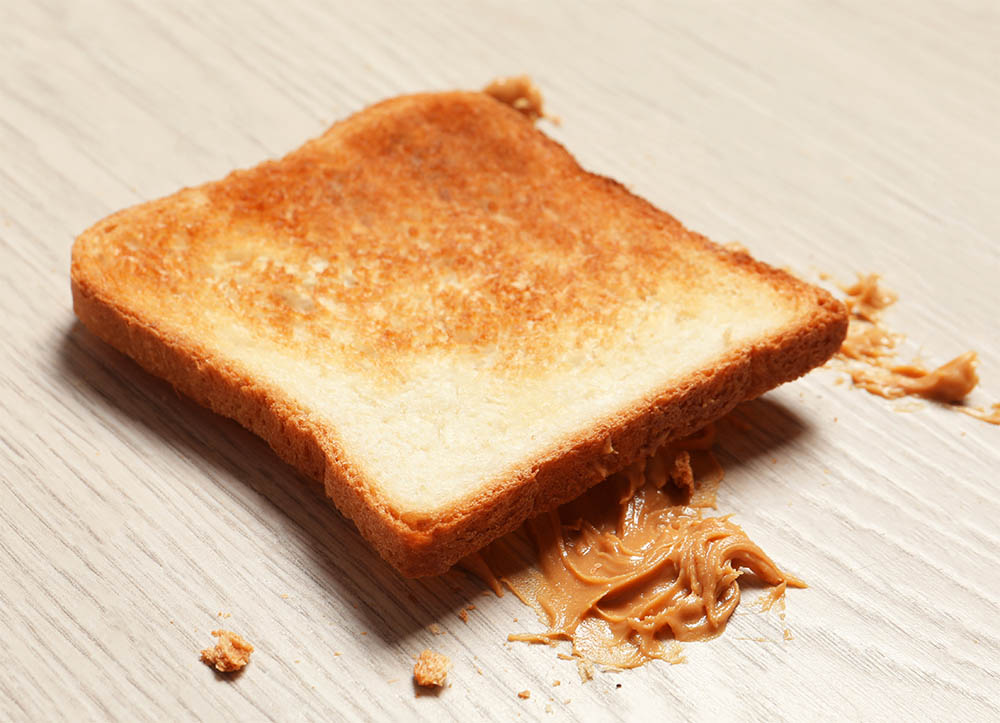
The “5-second rule” experiment is a simple and fun way to investigate the validity of the popular belief that it is safe to eat food that has been dropped on the ground for less than 5 seconds.
The experiment is an engaging and informative way to explore the science behind a common belief and promote critical thinking and scientific inquiry among students.
Learn more: Five Second Rule
9. Examine How Antibiotics Affect Bacteria
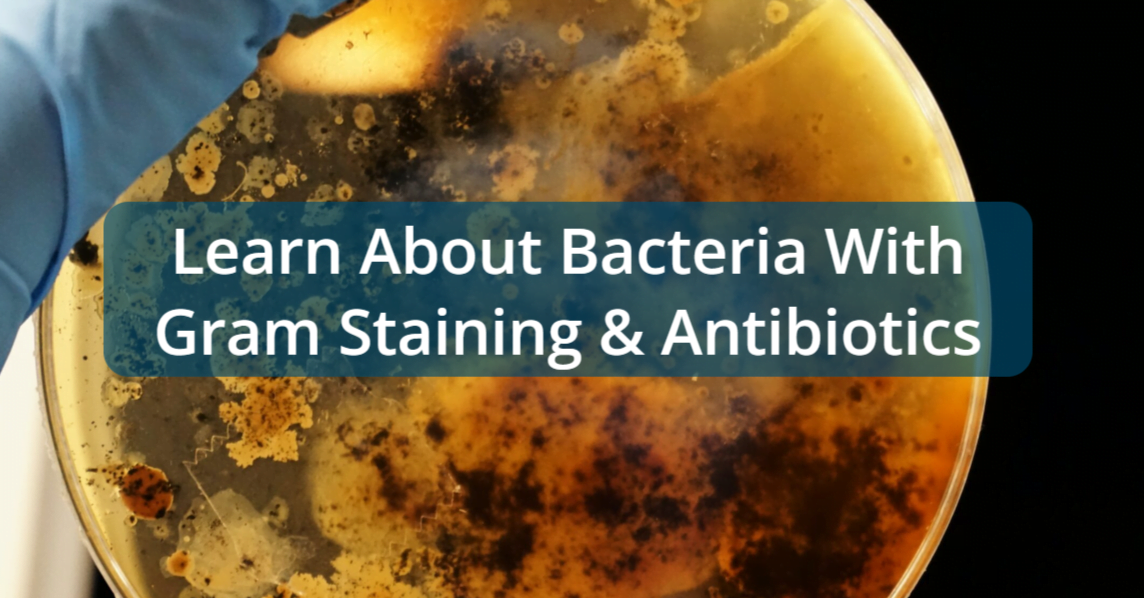
This experiment is an excellent opportunity for high school students to develop their laboratory skills, such as aseptic technique and bacterial culture, and understand the principles of antibiotic resistance and its implications for human health.
Examining how antibiotics affect bacteria is a fascinating and educational experiment that promotes scientific inquiry and critical thinking among students.
Learn more: Learn About Bacteria
10. Look for Cell Mitosis in an Onion

This experiment is an excellent opportunity for high school students to develop their microscopy skills and understand the biological basis of growth and development in plants. This experiment is a fun and informative way to explore the world of cells and their role in the growth and development of living organisms.
Learn more: Onion Root Mitosis
11. Test the Effects of Disinfectants
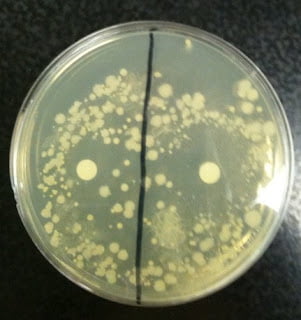
Testing the effects of disinfectants is an important process in determining their efficacy in killing or reducing the number of microorganisms on a surface or object. Disinfectants can be hazardous if not used correctly, and testing their effects can help students understand how to use them safely.
Students can learn about proper handling techniques and how to interpret safety labels and warning signs.
Learn more: Antiseptic and Disinfectants
12. Microwave Seed Gardening
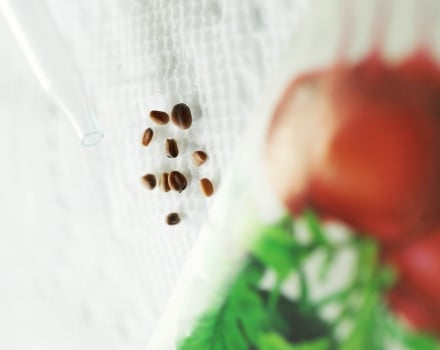
Microwave seed gardening is a quick and efficient method of germinating seeds, microwave seed gardening can be a useful method for starting seeds, but it should be used with care and in conjunction with other germination methods to ensure the best possible results.
Learn more: Microwave plant
13. Water Bottle Bacteria Swab

This experiment can be a fun and informative way to learn about the importance of keeping water bottles clean and free from harmful bacteria. It can also be used to compare the cleanliness of different types of water bottles, such as metal, plastic, or glass.
Learn more: Swabbing Water Bottles
14. Frog Dissection
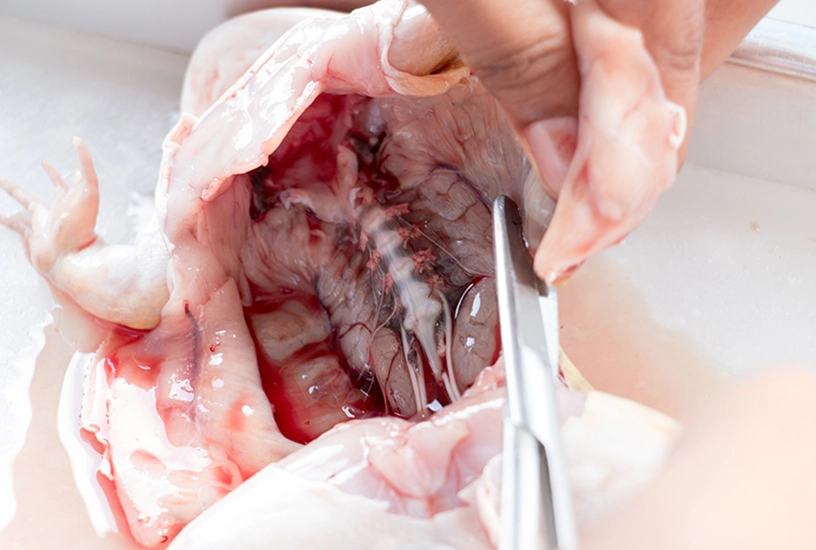
Frog dissection can be a valuable tool for teaching anatomy and physiology to high school students, as it provides a comprehensive examination of the internal organs and systems of the frog.
Dissection can be a valuable and engaging experiment for high school students interested in biology and life science.
Learn more: Frog Dissection
15. Witness the Carbon Cycle in Action
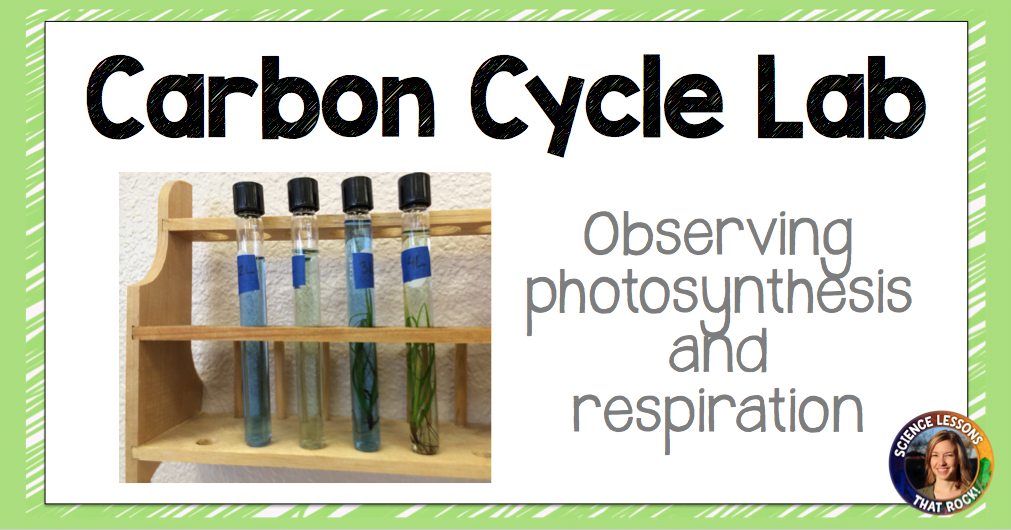
By witnessing the carbon cycle in action, learners can gain a better understanding of the interconnectedness of different parts of the Earth’s system and the impact that human activities can have on these processes.
Learn more: Carbon Cycle Lab
16. Investigate the Efficacy of Types of Fertilizer
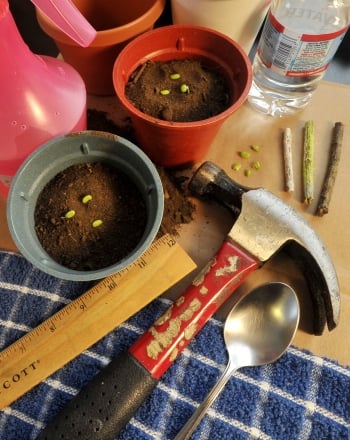
Investigating the efficacy of different types of fertilizer can be an interesting and informative way to learn about plant growth and nutrition. Investigating the efficacy of different types of fertilizer is a practical and engaging way to learn about plant nutrition and the role of fertilizers in agriculture.
Learn more: Best Fertilizer
17. Explore the Impact of Genetic Modification on Seeds
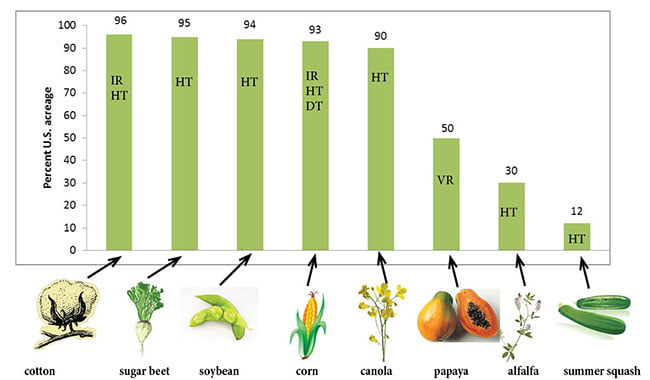
Exploring the impact of genetic modification on seeds is a fascinating and relevant topic that can spark meaningful discussions and encourage learners to think critically about the role of science and technology in society.
Learn more: Genetically Modified (GM) Crops
18. Yeast Experiment
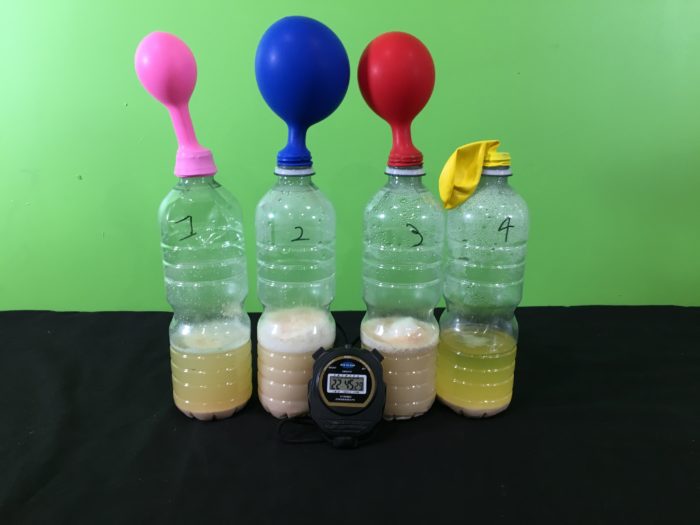
Another easy to perform experiment for high school students is the yeast. This experiment is simple since all that is required is the removal of four different food samples onto separate plates and a thorough examination of the mold that develops on each sample over time.
Learn more: Grow Yeast Experiment
19. Taste Perception
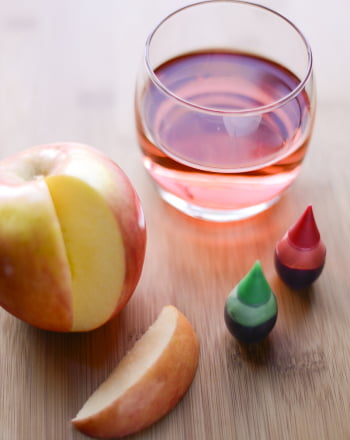
The human tongue has specialized taste receptors that respond to five primary tastes: sweet, salty, sour, bitter, and umami (savory). Taste perception plays an important role in determining food preferences and dietary habits, as well as influencing the overall eating experience.
Learn more: Taste perception
20. Pea Plant Genetics

A classic pea plant genetics experiment involves cross breeding pea plants with different traits, such as flower color, seed shape, or pod shape.
This experiment can be conducted in a controlled environment, such as a greenhouse, by manually transferring pollen from one plant to another.
Learn more: Gregor Mendel Pea Experiment
21. Comparing Animal and Plant Cells

Comparing animal and plant cells is an important exercise in biology education. Both animal and plant cells are eukaryotic cells, meaning they contain a nucleus and other membrane-bound organelles.
This exercise can help students understand the structure and function of cells, as well as appreciate the diversity of life on Earth.
Learn more: Comparing Plant Cell and Animal Cell
22. Testing Bacteria

Bacteria are easily accessible and can be grown in a laboratory or even at home with simple equipment and materials. This makes it a practical and cost-effective experiment for schools with limited resources.
Learn more: How to grow Bacteria and more
23. The Effect of Light on Growth
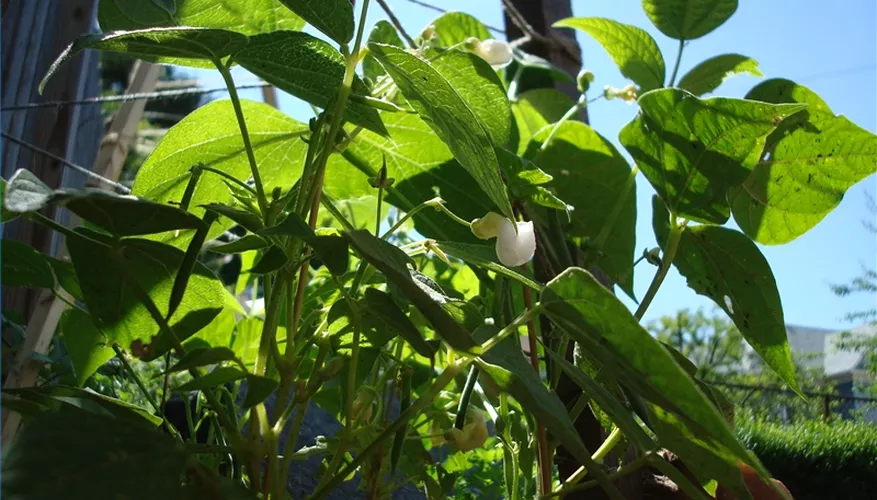
Light is a fundamental environmental factor that plays a crucial role in the growth and development of plants. By conducting this experiment, students can gain a deeper understanding of how light affects plant growth and why it is important.
Learn more: The effect of light in Plant Growth
24. Planaria Regeneration

Planaria regeneration allows students to design their own experiments, as they can choose which body parts to remove and study the effects of different variables, such as temperature, pH, or chemical treatments on the regeneration process.
Planaria are easy to obtain and maintain in a laboratory or classroom setting. They are also affordable, making it an ideal experiment for schools with limited resources.
Learn more: Planaria Experiment
25. Making a Seed Board
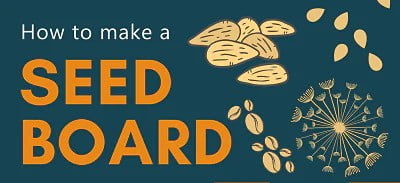
Making a seed board can be a fun and engaging activity for students, as they can see the progress of their plants over time and share their results with others. It can also foster a sense of responsibility and ownership in caring for their plants.
Learn more: Elemental Science
26. Design an Owl Pellet

Dissecting an owl pellet provides a hands-on learning experience for students, allowing them to practice skills in scientific observation, data collection, and analysis. Students can also learn about the anatomy of the prey species found in the owl pellet.
Learn more: Elemental Science
27. Grow an Herbal Cutting
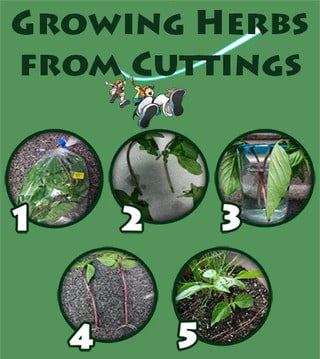
Growing an herb cutting provides a hands-on learning experience for students, allowing them to practice skills in plant care, experimental design, and data collection. Students can learn about the different stages of plant growth and the factors that affect it.
Learn more: Elemental Science
28. Eat a Cell Model

Creating an edible cell model connects to various disciplines, such as biology, anatomy, and nutrition. Students can learn about the different organelles that make up a cell and their functions, as well as the nutritional value of the food materials used in the model
Learn more: Elemental Science
29. Make a Habitat Diorama

Making a habitat diorama provides a hands-on learning experience for students, allowing them to practice skills in research, creative design, and presentation. Students can learn about different ecosystems and the organisms that inhabit them.
Learn more: Elemental Science
30. Create a Fall Leaf (or Signs of Spring) Journal

Creating a fall leaf (or signs of spring) journal provides a hands-on learning experience for students, allowing them to practice skills in observation, data collection, and analysis. Students can learn about the changes that occur in nature during the fall or spring season.
Learn more: Elemental Science

